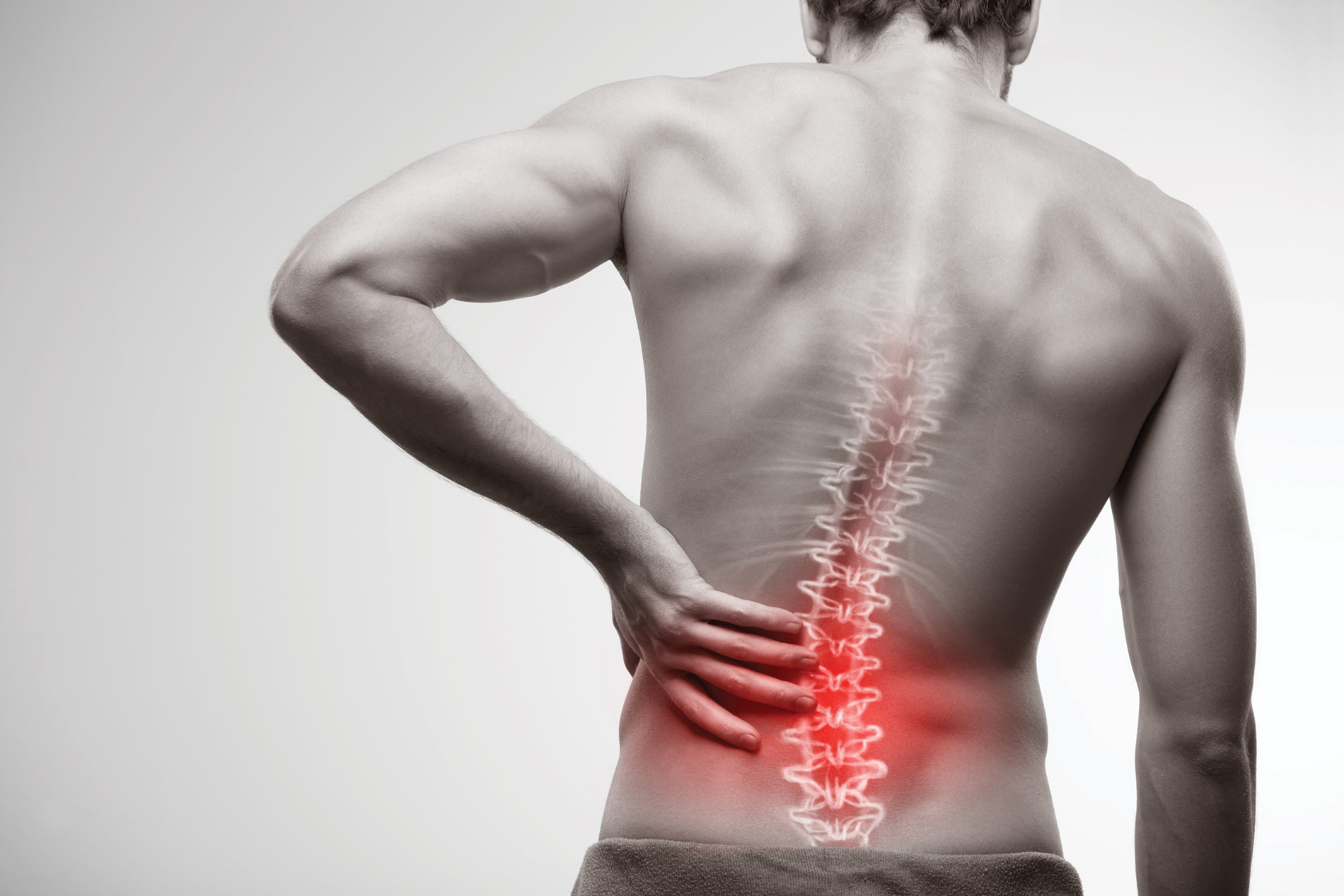The holiday season has passed. The gifts are open and the family meal has been prepared and thoroughly feasted upon. Now, as you get back to your normal routine, you may be dealing with pain that doesn’t seem typical, especially in your back. However, it is completely normal during this time of year.
Shopping for gifts usually includes a lot of stooping, reaching, bending and twisting that you aren’t used to in your everyday life. It is not unusual for active holiday shoppers to experience back pain before the holidays begin and after they’re over.
In general, it isn’t necessary to see a doctor for this type of back pain. What necessitates a visit to the doctor would be back pain that radiates down to one of the legs or back pain that wakes you up from a dead sleep. Holiday back pain is self-limiting and will improve over time.
The number one thing associated with improving back pain is cardiovascular fitness. What this means is 40 minutes of cardio at a training heart rate, which can be defined as striving for a value between the following products. It is calculated by using the formula 220 minus your age times 0.8 or times 0.6.
For example, a 20-year-old individual would calculate his or her training heart rate by looking for a value between 220-20×0.8 and then looking at the value to 20-20×0.6. The first value gives the number 160, and the second is the number 120. Therefore, the target heart rate would be somewhere between 120 and 160 beats per minute.
I recommend getting your cardio in by using an elliptical or some type of recumbent biking. Jogging may end up giving you more problems instead of solving your current issue. While the jarring involved with jogging or running isn’t problematic for younger people, it can result in significant back pain and also extremity pain in older adults because of exacerbation of degenerative joint disease.
Good posture is also important in helping to minimize back pain. Slouching forward, leaning to one side, or otherwise posturing in a position where the chin is down to the chest (such as when using smart phones) all predispose people to degenerative disc disease and posterior facet pain. These are the small joints that are between each of the vertebrae going down from the cervical spine down to the sacrum.
In addition to the items listed here, bad posture can certainly be implicated in neck and back pain. So be sure to listen to what mom said when you were a child: Sit up straight with your stomach in and chest out.



Comments